The exercise took place three days after Pyongyang launched one of its most powerful and advanced solid-fueled intercontinental ballistic missiles (ICBM), which experts say could reach targets in the mainland US.
The drill mobilized the US’ B-1B nuclear bomber, South Korea’s F-15K and KF-16 fighter jets, and Japan’s F-2 jets, Seoul’s military said, AFP reported.
“The exercise demonstrates the commitment of the ROK-US alliance to integrated extended deterrence in response to the advancing nuclear and missile threats from North Korea,” said South Korea’s Joint Chiefs of Staff in a press release.
During the aerial maneuver, South Korea and Japan’s jets escorted the US strategic bomber to a designated location south of the Korean peninsula, “demonstrating an overwhelming capability to swiftly and accurately strike simulated targets,” it added.
It was the fourth time this year the nuclear bomber was deployed to the Korean peninsula, the military said, and the second time for a trilateral aerial exercise to counter Pyongyang’s military threats.
The North’s latest ICBM launch is said to have flown higher and further than any previous missile, according to North Korea as well as Seoul and Tokyo’s militaries, which tracked it in real-time.
The official Korean Central News Agency hailed it as “the world’s strongest strategic missile,” and leader Kim “expressed great satisfaction” at the successful launch.
North Korea “would never change its line of bolstering up its nuclear forces,” the agency said.
SD/





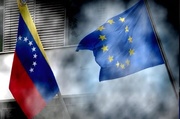
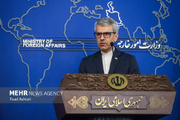

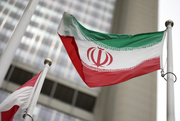




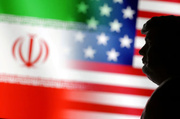










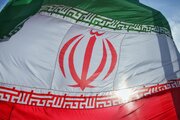
Your Comment